 |
| “this is a pie chart describing my favorite bars. and this is a bar graph describing my favorite pies” -Marshall, How I Met Your Mother |
Data. It’s what makes the world go ’round.
Every aspect of everything in this world, and as far as I’m concerned some things outside of this world, can be chopped, divided, categorized, classified, and ultimately qualified or quantified into beautiful data. They become tiny snippets of information that can be combined, calculated or even further broken down to represent everything around us. So go ahead and tell me that it’s not data, but money or love like it’s sung in the songs, but how can you quantify it? Oh that’s right, sweet data.
Now if a pie chart was made on me, one nicely sized slice of it would be labeled “engineer.” And engineers love data. LOVE it. Any engineer that claims anything different is either lying about being one of our illustrious numbers or still in their first year and just hasn’t put together a decent lab notebook yet. In my case that engineering was the electrical flavor, so those notebooks consisted of circuit diagrams, waveforms, columns of data and I-V curves, and all sorts of other meticulously categorized and charted data.
… and doodles too. What? Running tests in labs took time, and I needed something to do.
 |
| the 4th of July is awkwardly on a Wednesday in 2012 |
That was a pretty narrow scope but the basic theory still holds. I still love the data. And just as important I still love to doodle. Over the last couple of years I’ve started to grow a fondness not just for data and doodles though, but the combination of the two in charts and other forms of data visualization. I appreciate Marshall’s charts and graphs on How I Met Your Mother despite his friends’ intervention, and was 100% on board with Barney’s hot/crazy graph, better known of course as the Vicky Mendoza Diagonal. I’m borderline addicted to Jessica Hagy’s Indexed, and check in with I Love Charts every morning to see what Jason Oberholtzer and company have in store for the day (one of mine was featured today by the way, if you’re interested).
Visualized data and infographics can be used for both good and evil though. Data can be arbitrary, and even good numbers can be skewed and bent to fit the message, but a lot of times they can just be something interesting and hopefully something that comes with a little bit of humor. And as for the delineation of good versus evil, well I’ll let you make the call.
I doodle a couple charts based on some stuff I see on Twitter – one of them was for a short lived push that was the Sushi Avengers Initiative (if you really want to know I’ll tell you) but they’re nothing earth shattering or crazy. Just simple graphical representation of observed data. And I like drawing/charting/graphing them too. So instead of limiting them to the twitterverse, it’ll be a thing here from now on at technical fowl – hopefully at the rate of once per week to satisfy the need for data I know you have, even if it’s secretly.
And if the side effect is being a chartist in residence at I Love Charts, then so be it!



I'm not sure I understand this "delineation of good and evil" concept. Perhaps you can make a chart that would explain it?
haha that's a good thought!